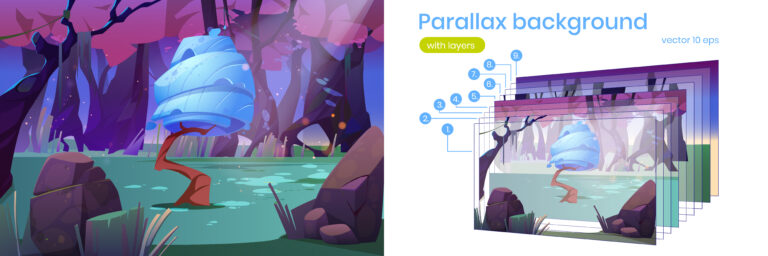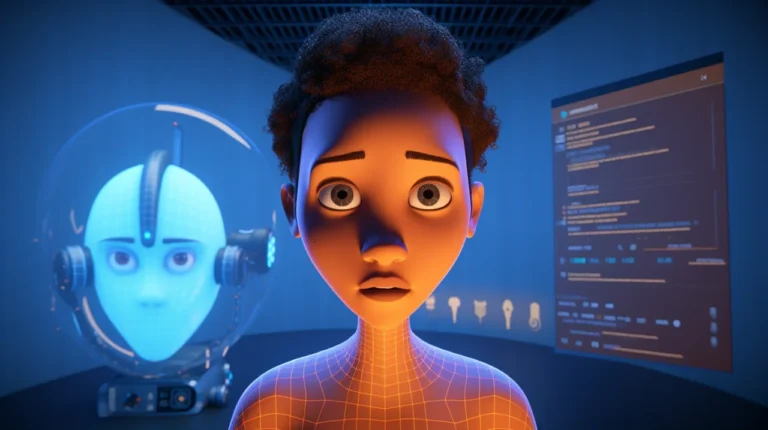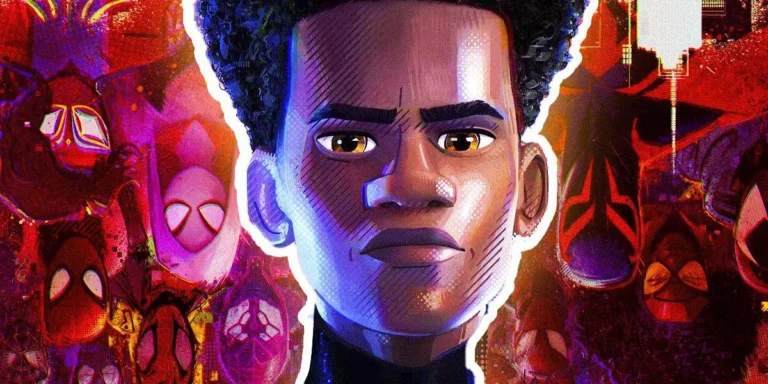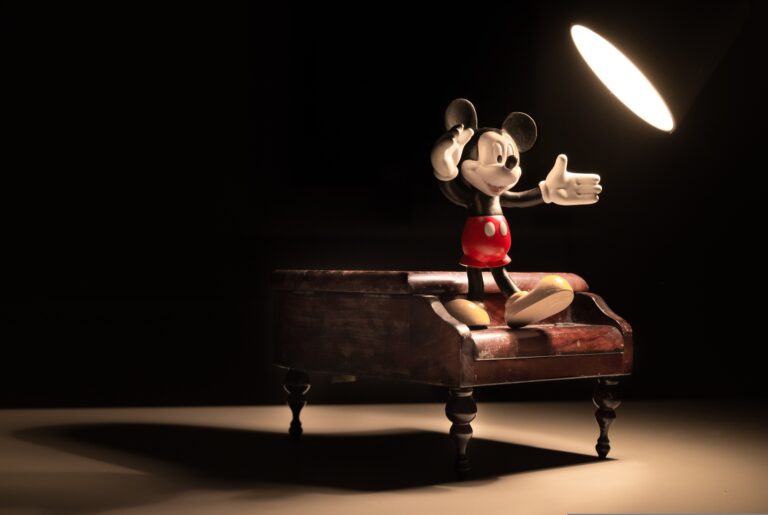Creating an animation has many barriers and steps before its final stop, a sequence of fully rendered images. Animatics being one of the starting points in the said route, is responsible for testing the timing and the flow to see if the sequence conveys the meaning intended.
In this article, we go on a journey to unwrap the usage, technical intricacies, and profound impact of animatics on modern animation creation. Discussing its placement in the animation production pipeline and its value guiding the production team.

Need Animation Services?
Visit our Animation Service page to see how we can help bring your ideas to life!
1. What is Animatic?
An animatic technically does not count as an animation, but at the heart of animatics lies a concept that drives the entire animation pipeline. This visualization tool transforms storyboards into tangible visual sequences.
Simply put, it is a sequence of storyboard plans edited together with sound to demonstrate how a sequence will flow in motion. It’s a next-level technique after storyboarding. While they aren’t always necessary, they provide a fuller sense of what the finished project will look and sound like.
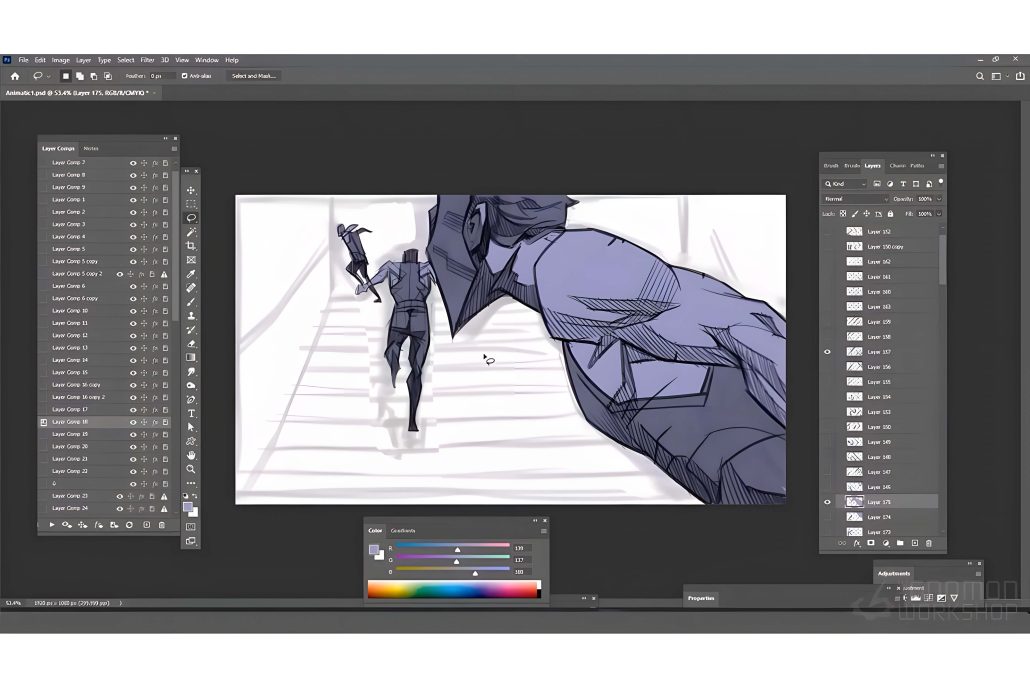
1.2 Animatics' Catalyst for Concept Development
A fascinating element of animatics is its ability to evolve the conceptual aspect of a storyboard. Case studies across animation history spotlight this evolution, where early-stage ideas take flight as sketches, drafts, and storyboards. Animatics become the testing ground for narrative structures, distilling pacing and emotions into dynamic visual rhythms.
Although storyboard visualizes the animation from a script to a sketch or illustration, animatics will allow us to change the narrative, expand our ideas on movements and scenes, and even check if the chosen composition of a scene is correct.
As a sketch gives us an idea of how the final artwork will be, an animatic gives us an idea of how the final animation will be. Animatic being a pre-production stage in the 3D animation production pipeline, will also allow us to edit the animation without worrying about the edits being costly or time-consuming.
2. What Are the Tools of Animatics Creation?
In the digital landscape of animation, the software serves as the artist’s virtual canvas. Choosing the right tools is depended on preference. The decision is often influenced by project complexity, artistic style, and the need for collaboration.
Highly-regarded animation guides emphasize that the software’s capabilities should align with the intended outcome. Industry professionals frequently opt for specialized software that integrates seamlessly with other production tools, facilitating a cohesive workflow. Here are some commonly used software tools for creating animatics:
2.1 Storyboard Pro
Developed by Toon Boom, Storyboard Pro is a professional software designed and aimed specifically for storyboarding and animatics creation. It offers a range of features, including timeline-based editing tools similar to video editing softwares, camera movement controls, sound and dialogue handlers and integration with other animation software.
2.2 Adobe Premiere Pro
While primarily known as video editing software, Adobe Premiere Pro is often used for creating animatics due to its versatile timeline and editing capabilities. It allows for easy manipulation of shots, adding temporary audio, and creating dynamic sequences.
Among Premiere’s many benefits, we can point out Multi-Layer Composition and a wide range of transitions, effects, and colour correction tools that can enhance the visual appeal of animatics.
2.3 Adobe After Effects
Another Adobe software, After Effects, is popular for creating animatics with motion graphics elements. Its visual effects capabilities and animation features make it suitable for adding dynamic transitions and effects to animatics.
2.4 Toon Boom Harmony
This animation software offers 2D and 3D animation features, making it a comprehensive tool for creating animatics. It enables artists to create animatics directly in a production environment.
2.5 SketchBook Pro
Autodesk’s SketchBook Pro is a powerful digital drawing and painting software often used for sketching and initial visualizations in the animatics creation process. popular among artists for its customizable brushes, layers, colour tools, and symmetry features. It’s available on multiple platforms with both free and subscription-based options.
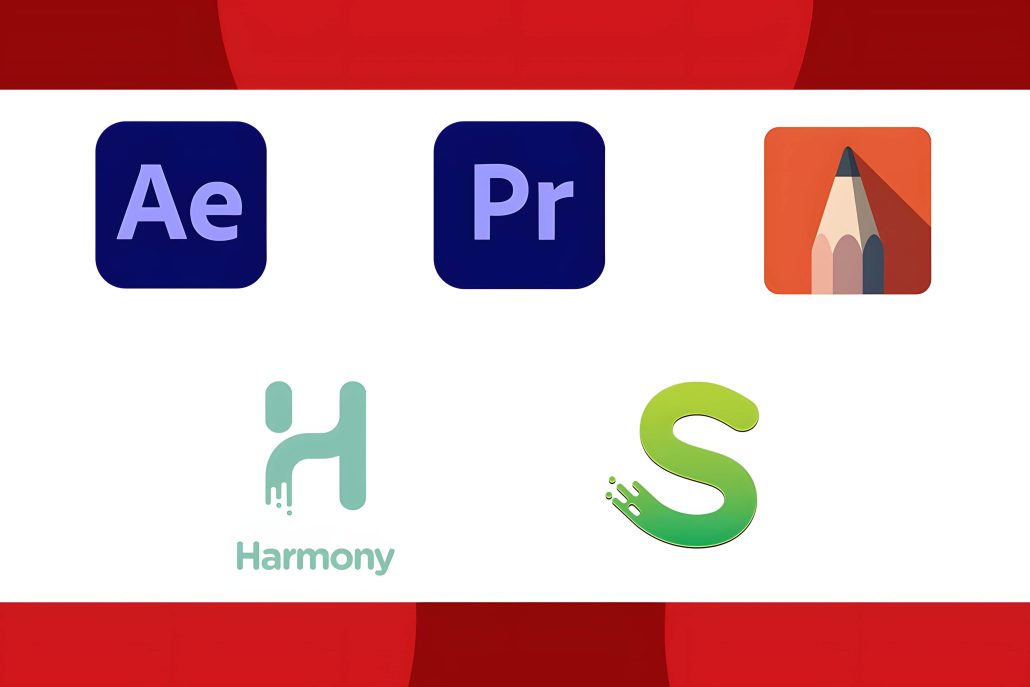
3. Mastering Storyboarding Techniques
A storyboard company is the core element that brings the animatic to life. This phase involves translating the script into a sequence of images, akin to a comic book that captures the essence of each scene.
Animation tutorials advocate for an artful balance between detail and simplicity, encouraging artists to focus on key poses and expressions that convey the story’s emotion. This technique ensures a fluid narrative flow while minimizing visual clutter. You can read more on storyboarding Here.
3.1 Time: Pacing and Rhythm's Role in Animatics
The concept of time in animation isn’t just chronological; it’s an artistic instrument that shapes the viewer’s experience. Renowned animators assert that pacing is the secret ingredient that elicits emotional engagement.
An animatic’s tempo dictates the ebb and flow of tension, humour, and drama through the timing of shots and transitions. Meticulous manipulation of pacing guides the audience’s emotional journey and reinforces the narrative’s impact.
3.2 Sound and Vision: Combining Animatics with Audio
In the world of animatics, sound is the conductor of emotion. Integrating temporary sound effects, music, and voiceovers elevates the animatic from static frames to a multisensory experience.
Peer-reviewed studies reveal that auditory cues trigger heightened emotional responses, enhancing viewers’ connection with the unfolding story. This amalgamation of visual and auditory elements transforms animatics into dynamic visual narratives that resonate more deeply.
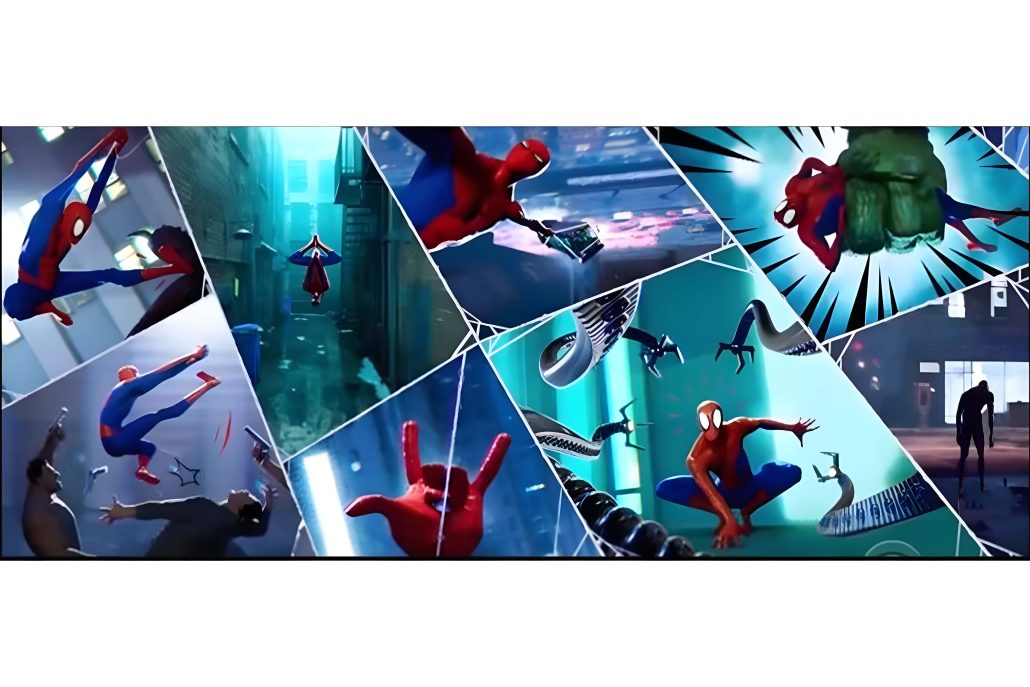
4. Integration into Animation Production Pipeline
4.1 Animatics as Architectural Plans
Imagine constructing a complex building without a blueprint. Chaos would ensue. Similarly, animatics play the role of architectural plans in animation. They provide a tangible vision of the project, guiding animators, directors, and artists in realizing the final product.
Animation studios often emphasize how animatics serve as the skeleton supporting the creative process, ensuring that each frame and movement is aligned with the overarching narrative.
4.2 Animatics' Influence on Team Synergy
Animation is a collaborative symphony, and animatics are the score that brings musicians together. Interviews with animation professionals underscore how animatics foster synergy among team members.
A unified vision is cultivated early in the process, aligning animators, storyboard artists, and directors. This harmonious collaboration streamlines communication, reducing misunderstandings and accelerating the creative journey.
4.3 Streamlining Animation Efficiency
In animation, revisions are par for the course. However, animatics act as a strategic shield against excessive iterations. Industry reports indicate that animatics drastically cut down revision cycles.
They allow creators to identify potential issues before they become time-consuming problems, ultimately leading to smoother production workflows. By streamlining the creative process, animatics enable artists to focus on refining and enhancing the final animation
5. Case Studies: Animatics' Impact on Iconic Animation Projects
5.1 Animatics' Role in "Rick and Morty"
In the realm of groundbreaking animated series, “Rick and Morty” is a prime example of animatics’ transformative power. The show’s unique blend of science fiction, humour, and existential philosophy required meticulous planning.
Animatics provided the canvas on which the creators painted their intricate narrative strokes. By visualizing the bizarre escapades of the titular characters and their interdimensional jaunts, animatics shaped the fabric of the show’s animation style. You can watch out for some of these animatics on Adult Swim’s Youtube Channel.
5.2 Animatics in "Avatar: The Legend of Korra"
The enchanting world of “Avatar: The Legend of Korra” is a testament to the profound influence of animatics. The show’s vibrant bending sequences, breathtaking landscapes, and dynamic battles were sculpted through the meticulous art of animatics.
As creators and animators navigated the intricacies of bending techniques and intricate choreography, animatics emerged as the vital tool that enabled them to envision the visually stunning scenes that captivated audiences.
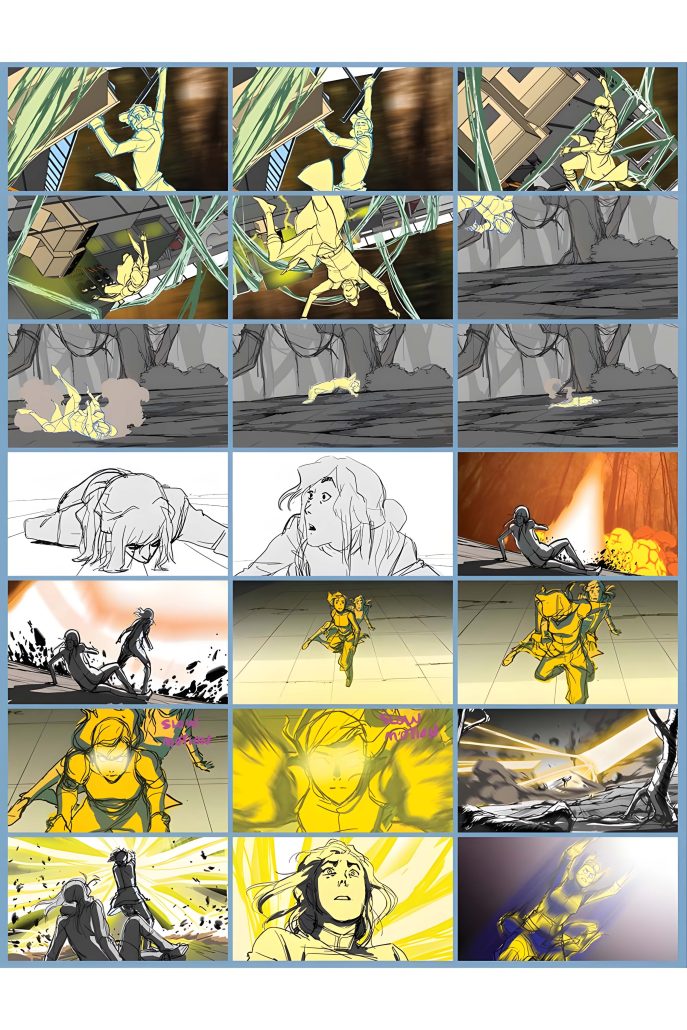
6. Conclusion
In the dynamic world of animation, animatics shine as the unsung heroes. They bridge concepts to reality, infusing life into storyboards. Animatics shape pacing, amplify collaboration, and streamline efficiency.
Through case studies like “Rick and Morty” and “Avatar: The Legend of Korra,” animatics demonstrate their transformative role in creating animated magic. By embracing animatics, we unlock animation’s full potential frame by frame.


